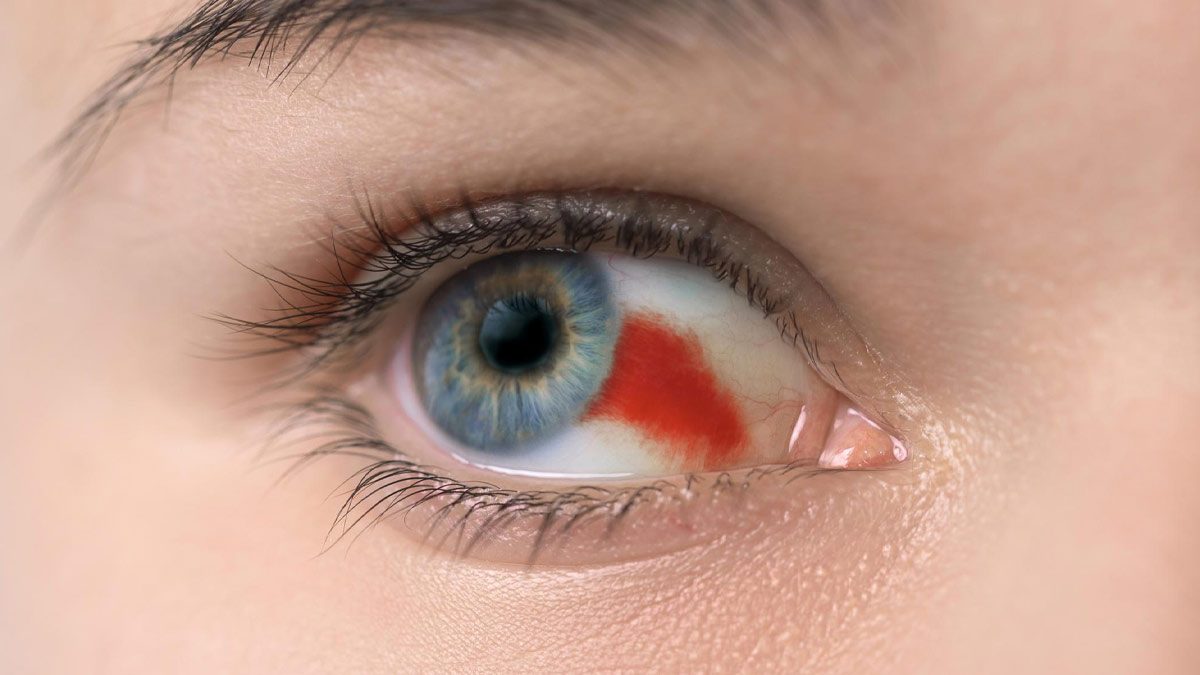
A fresh health crisis has surfaced in parts of Africa, raising global concerns. On September 27, 2024, the Rwanda Ministry of Health confirmed the outbreak of Marburg Virus Disease (MVD), a severe and highly fatal illness caused by the Marburg virus. In many parts of the world, it is also known as the 'bleeding eye virus' due to one of its hallmark symptoms. The virus has already claimed 15 lives in Rwanda, with at least 100 more suspected cases. Although no cases have been reported in India, experts emphasise vigilance's importance.
Table of Content:-
In an exclusive interaction with Onlymyhealth, Dr Shrey Kumar Srivastav, Senior Consultant and Physician, Sharda Hospital - Noida, explained what the Marburg virus is, its symptoms and precautions. Here is what he shared with us.
What Is Marburg Virus/ Bleeding Eye Virus?
According to the World Health Organization (WHO), the Marburg virus is a highly fatal pathogen that causes haemorrhagic fever; a group of severe viral diseases that can cause bleeding and harm the body's organs.

The primary source of the virus is the Rousettus fruit bat, which often resides in caves and mines. Humans can become infected through close contact with these bats or their excretions.
Also Read: How To Use Antibiotic Eye Drops Safely: A Doctor’s Guide To Quick Recovery
How Does It Spread?
The Marburg virus is highly contagious, spreading through:
- Direct contact with bodily fluids (blood, saliva, sweat, urine, etc.) of an infected person.
- Contact with contaminated surfaces or materials, such as bedding or clothing.
- Physical contact with the infected body of the deceased.
- Healthcare settings, especially without proper protective equipment.
Its incubation period ranges from 2 to 21 days, making it essential to monitor symptoms closely if exposed.
Symptoms of Marburg Virus Disease
The disease progresses rapidly, and symptoms can escalate from mild to severe within days. Dr Srivastav shared the key symptoms may include:
- Fever, chills, and severe headache.
- Muscle aches and weakness.
- Nausea, vomiting, abdominal pain, and diarrhoea, which may lead to dehydration.
- Haemorrhagic symptoms, including bleeding from the gums, nose, or eyes (hence the name "bleeding eye virus").
- Shock and multi-organ failure in advanced stages.
Dr Srivastav also noted, "The fatality rate of MVD ranges from 24% to 88%, depending on the outbreak and healthcare accessibility."

Also Read: Why Do My Eyes Feel Heavy In Winters?
Has Marburg Virus Reached India?
As of now, no cases of the Marburg virus have been reported in India. The outbreak is currently localised in Rwanda and its neighbouring countries. "However, with the interconnectedness of global travel, Indian authorities and travellers must remain alert," Dr Srivastav highlighted.
Precautions To Prevent Marburg Virus Disease
Prevention is the key to controlling the spread of the Marburg virus. Here are some expert-approved precautions:
- Postpone non-essential travel to areas with active outbreaks.
- Avoid visiting caves or mines where bats are known to reside.
- Wash hands frequently with soap and water or use hand sanitisers.
- If you are a healthcare worker, use gloves, masks, and goggles when treating suspected MVD cases.
Takeaway
While the Marburg virus has not reached India, the outbreak in Rwanda is an alarm for the potential of infectious diseases to cross borders. Experts suggest staying informed, adopting preventive measures, and maintaining hygiene to mitigate risks.
If you experience symptoms or suspect exposure to the virus, seek medical attention immediately and repost the same to the authorities to safeguard others. Early detection and care can significantly improve survival rates.
Also watch this video
How we keep this article up to date:
We work with experts and keep a close eye on the latest in health and wellness. Whenever there is a new research or helpful information, we update our articles with accurate and useful advice.
Current Version